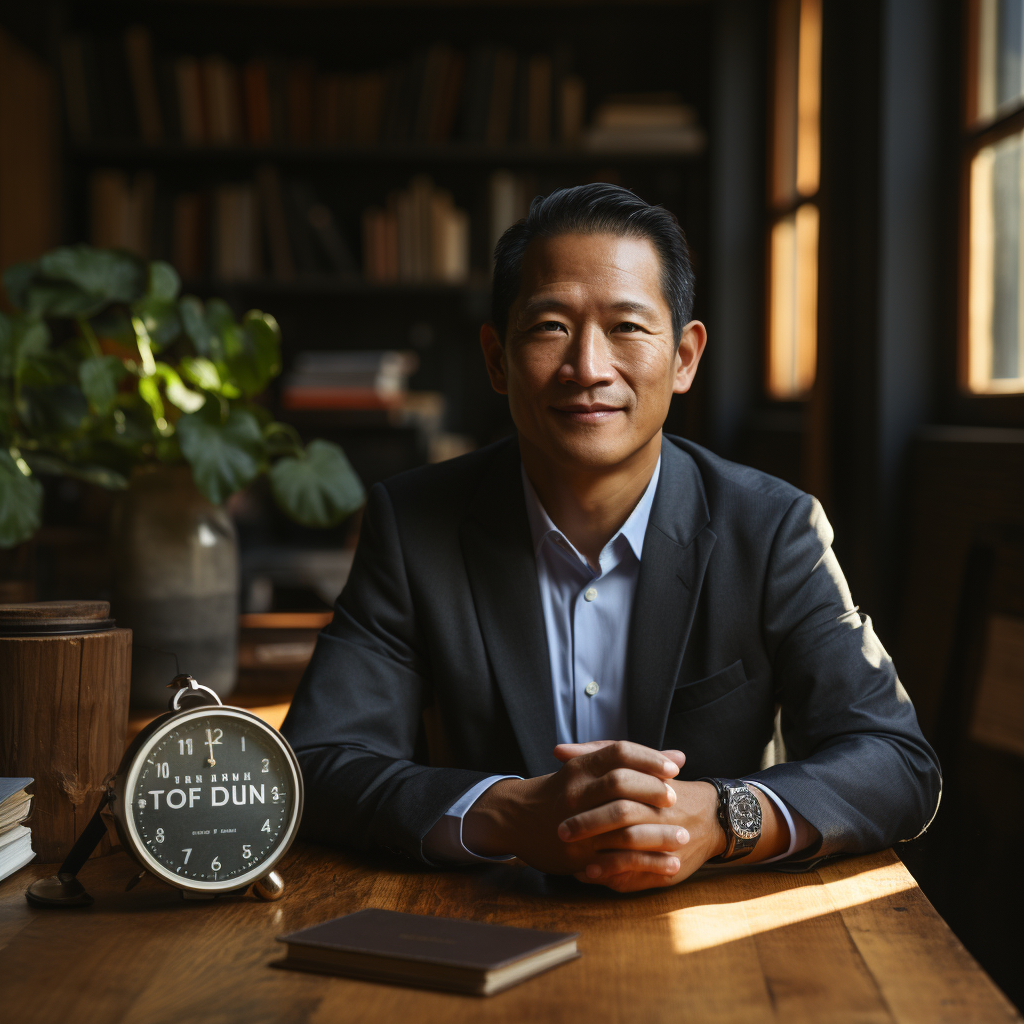In an age characterized by speed, efficiency, and instant gratification, the quote “Nature does not hurry, yet everything is accomplished” emerges as a refreshing reminder of the organic pace at which life and growth unfold. Often attributed to the ancient Chinese philosopher, Lao Tzu, this saying encompasses multiple layers of meaning, ranging from the patience inherent in the natural world to the idea that great things take time.
1. The Natural Rhythms of the World
The Earth has been spinning on its axis and revolving around the sun for over 4.5 billion years. Seasons change, rivers carve their paths, and plants grow, all following their intrinsic rhythms. Whether it’s a flower blooming or a tree growing, nature operates at a pace that’s unhurried. It neither rushes to complete tasks nor lingers unnecessarily.
The Lesson for Us: Just as the river doesn’t carve a canyon in one day, we too should not expect instantaneous results in our endeavors. Understanding and accepting the idea that meaningful accomplishments take time can be a game-changer in our lives.
2. Nature’s Efficiency and Purpose
Nature doesn’t hurry, yet it’s incredibly efficient. Every element serves a purpose. The roots of a tree, while invisible and often disregarded, play a crucial role in nourishment and stability. Similarly, the slow decomposition of fallen leaves enriches the soil for future generations of plants.
The Lesson for Us: Recognizing that every step, no matter how insignificant it may seem, contributes to the larger purpose can guide us in our journeys. Valuing the process as much as the outcome ensures that we remain purpose-driven.
3. The Importance of Patience
Nature teaches us patience. A caterpillar doesn’t become a butterfly overnight, and a sapling doesn’t grow into a massive oak tree in a day. The transformation and growth processes are slow but purposeful.
The Lesson for Us: In our personal and professional lives, patience can be the difference between giving up and pushing through to success. Rather than focusing on the speed of our progress, concentrating on the direction and purpose can lead to more profound and lasting achievements.
4. Intrinsic Balance in Nature
Nature operates in balance. Predators and prey, growth and decay, day and night; there’s a time for everything, and nothing is rushed.
The Lesson for Us: Embracing balance in our lives – between work and leisure, ambition and contentment – can lead to more holistic success and well-being. Sometimes, slowing down can help us move forward more effectively.
5. Adaptability and Resilience
Nature, while patient, is also resilient. Forests ravaged by fires give birth to new ecosystems, and landscapes altered by natural calamities evolve in novel ways.
The Lesson for Us: Embracing adaptability and resilience, even when faced with challenges, can help us grow and evolve in unexpected, rewarding ways.
6. The Interconnectedness of All Things
Everything in nature is connected. The rain that nourishes the soil, the sun that gives energy to plants, and the wind that disperses seeds all play a part in the intricate web of life.
The Lesson for Us: Recognizing our interconnectedness with others and understanding that our actions have ripple effects can inspire more purposeful, harmonious living.
In Conclusion
The saying “Nature does not hurry, yet everything is accomplished” is not merely an observation about the world around us but a profound lesson in patience, purpose, and perspective. By tuning into nature’s rhythms and lessons, we can navigate our fast-paced world with greater clarity, balance, and intentionality. Just as nature takes its time to achieve perfection, we too should learn to value the journey, trust the process, and know that with patience and purpose, we can accomplish great things.










